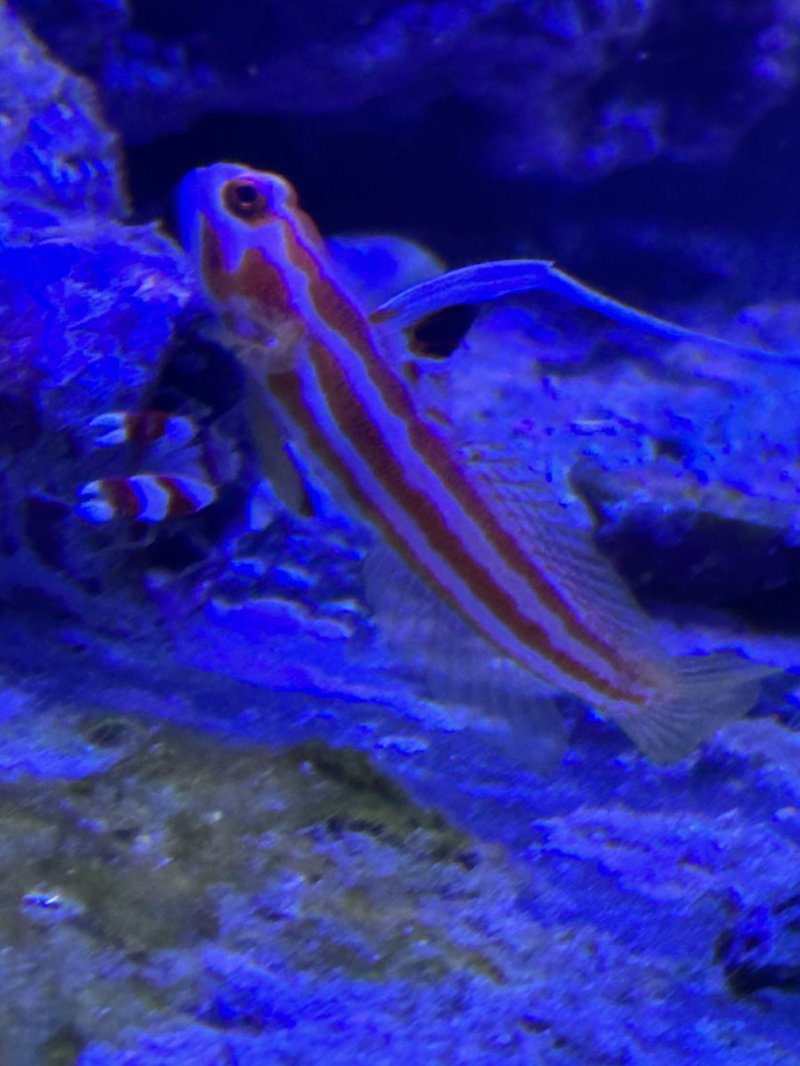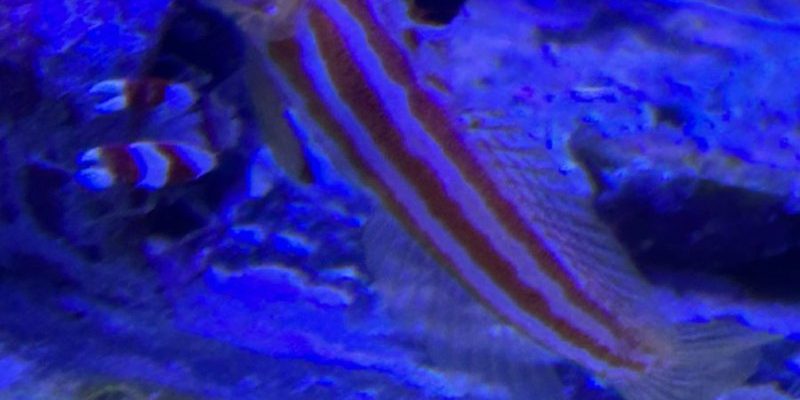
Goby fish belong to a diverse family that includes over 2,000 species, each with unique traits and behaviors. They can be found in various habitats—everything from shallow reefs to murky estuaries. Their presence is vital, as they contribute to the ecosystem in numerous ways, such as serving as food for larger predators, helping to aerate the sand, and even forming symbiotic relationships with other species. So, let’s dive deep into the underwater world of gobies and explore their crucial role in marine ecosystems.
Understanding Goby Fish
Goby fish are known for their distinct shapes and behaviors. They typically have a flattened body, large eyes, and a unique swimming style. Unlike many fish, gobies often prefer to stay close to the ocean floor, darting around rocks and crevices. This behavior not only helps them hide from predators but also makes them key players in their habitats.
What makes gobies even more interesting is their adaptability. Many species can thrive in both freshwater and saltwater environments. For example, the *Gobiidae* family includes gobies found in brackish waters, which is a mix of seawater and fresh water. This ability to live in varying conditions showcases their resilience and importance across different ecosystems.
The Food Web Connection
In any ecosystem, food webs are complex networks of life, and gobies occupy a significant spot in these webs. As both predators and prey, they help maintain balance in their environments. Gobies primarily feed on small invertebrates like shrimp and plankton. By controlling these populations, they contribute to the health of the ecosystem.
At the same time, gobies serve as a critical food source for various predators, including larger fish, seabirds, and even some mammals. Their role in the food web highlights how interconnected marine life is. Losing gobies could disrupt the entire balance, leading to overpopulation of their prey and a decline in predator populations.
Symbiotic Relationships and Habitat Enhancement
Goby fish are known for forming engaging partnerships with other marine species, especially with certain types of shrimp. A classic example is the bond between a goby and a *Alpheus* shrimp. The goby acts like a lookout, watching for danger while the shrimp digs a burrow. Together, they create a safe home that benefits both. This relationship not only enhances their survival but also contributes to the overall health of the ecosystem.
Moreover, gobies help aerate the sediment in their habitats. When they dig into the sand or mud, they mix the substrate, allowing oxygen and nutrients to reach the roots of seagrasses and other essential marine plants. This process promotes healthy vegetation, which in turn supports various marine life forms.
Impact on Coastal Ecosystems
Coastal ecosystems, such as mangroves and estuaries, rely heavily on goby populations. These environments are often rich in nutrients but can be quite delicate. Gobies help maintain water quality by keeping sediment from becoming too compacted. By moving through the sand, they create channels that improve water flow and reduce harmful algal blooms.
Additionally, gobies contribute to nutrient cycling. As they feed on small organisms, they release nutrients back into the water through waste. These nutrients support the growth of phytoplankton and other primary producers, which are the foundation of marine food webs. In essence, gobies are like little recycling agents, crucial for the coastal food chain.
Indicators of Ecosystem Health
Interestingly, the presence and population health of gobies can serve as indicators of overall ecosystem health. Because they are sensitive to changes in water quality, including pollution and habitat destruction, a decline in goby populations can signal problems in their environment. Monitoring these fish can help scientists assess the health of marine ecosystems and take action if necessary.
For example, if goby numbers decrease due to pollution or habitat loss, it can lead to a cascade of effects on other species. So, keeping an eye on gobies can provide valuable insights into the health of coastal and marine habitats.
Conservation Efforts and Challenges
Unfortunately, gobies face several threats, including habitat loss, pollution, and climate change. Coastal development often disrupts their natural environments, and pollution can significantly affect their populations. Additionally, climate change impacts water temperature and quality, which further endangers these small fish.
Conservation efforts are critical to ensuring that goby populations thrive. Protecting their habitats, regulating fishing practices, and reducing pollution can help maintain healthy ecosystems. Organizations and researchers are working hard to raise awareness about the importance of gobies and other small fish in marine environments.
The Future of Gobies in Marine Ecosystems
Looking ahead, the future of gobies in marine ecosystems hinges on our actions today. By understanding their role and the challenges they face, we can help protect these vital creatures. Fostering healthy marine environments benefits everyone, from the smallest goby to the largest whale.
As stewards of the ocean, it’s essential to support initiatives that promote sustainable practices. Small changes in our behavior and policies can lead to healthier oceans, ensuring that these little heroes continue to thrive for generations to come.
In conclusion, goby fish might be small, but their impact on marine ecosystems is anything but insignificant. From their role in food webs to their partnerships with other species, gobies help maintain the delicate balance of life in our oceans. By learning more about them and advocating for their protection, we can ensure that these remarkable fish continue to play their vital roles in the underwater world.

